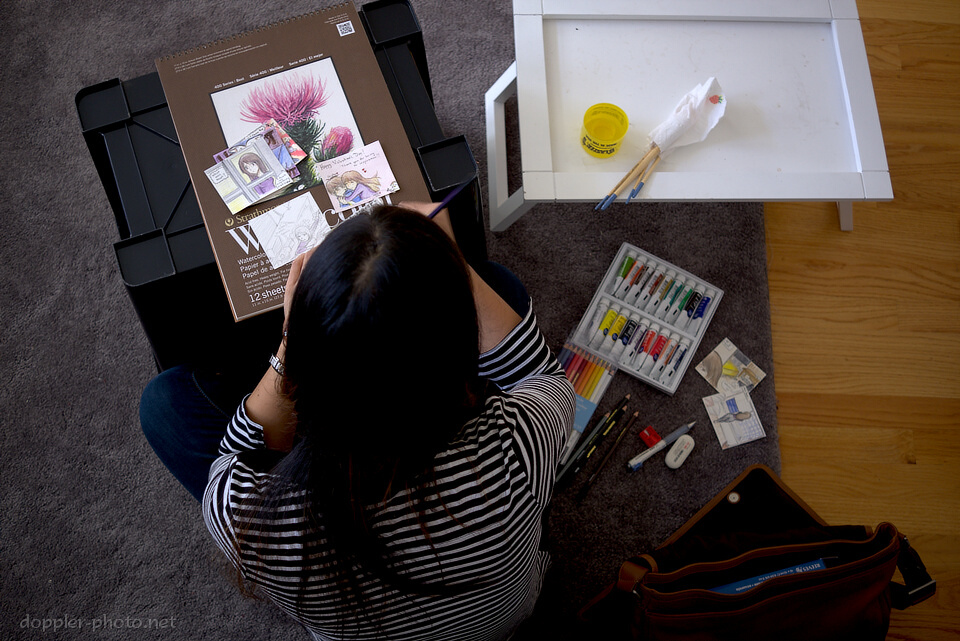
"My parents would tell you that I've always been drawing on walls."
It's amazing how you can watch the creation of a work of art — you can follow every stroke of the brush, every mark of the pencil — and it's not until you pause and blink a few times that you see a picture rather than just a composition of strokes.
And even after you recognize that an art work was created, it remains something of a mystery exactly how it happened. How did the person start with a blank page, and come up with this? And why? What had to go through their mind during the creation process?
So I asked. This post is the first in a vague series about the cool stuff that my friends create.
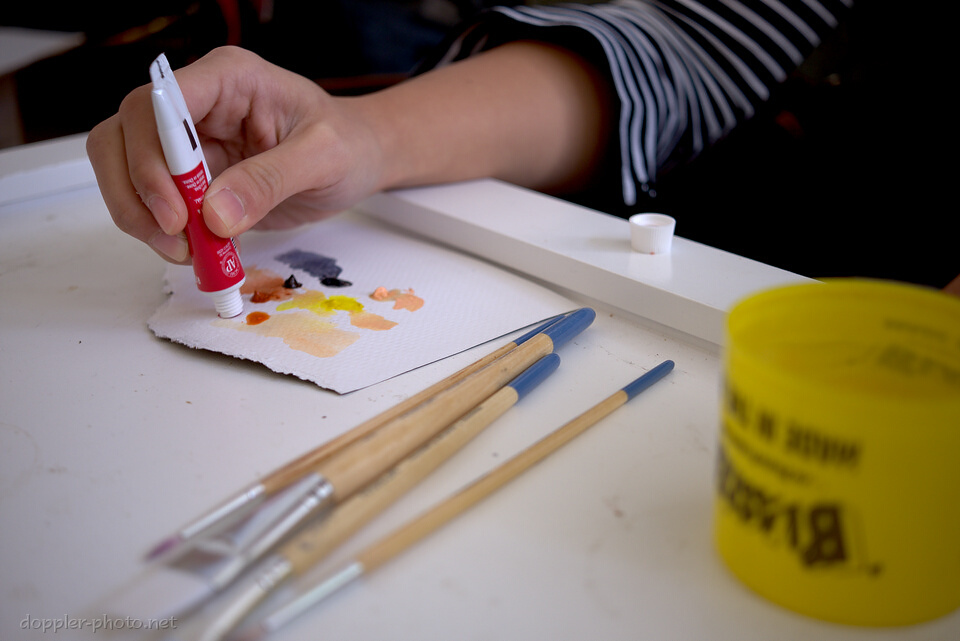
For Carmel, it started in first grade, with Dr. Seuss' The Lorax. She enjoyed the story, but distinctly remembers being taken by the book's illustrations — "I want to be able to draw like this." By high school, Carmel said, she was watching anime like Sailor Moon almost every day, and her current illustration style certainly reflects that influence.
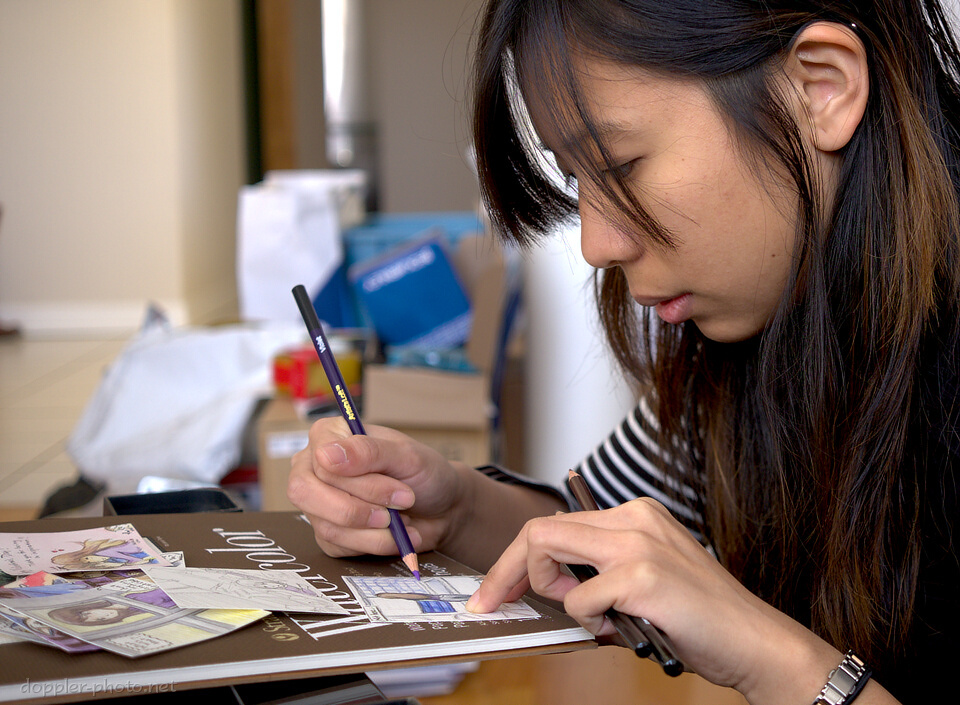
Carmel explained that most of her pieces begin with a "burst of emotion" — a spontaneous sense that she has some feeling or message to share, and that she might express it with an illustration. She mentioned that even during stressful periods, the creation process "takes me away from the real world." The process gives her time and space to contemplate the things that are going on in her life.
Once she has a kernel of an idea, she typically does some pencil sketches to find a direction, and then will keep moving forward once she hits on a form that captures her feelings on the topic. The ideal illustrations are "an extension of my feelings and thoughts," she added.
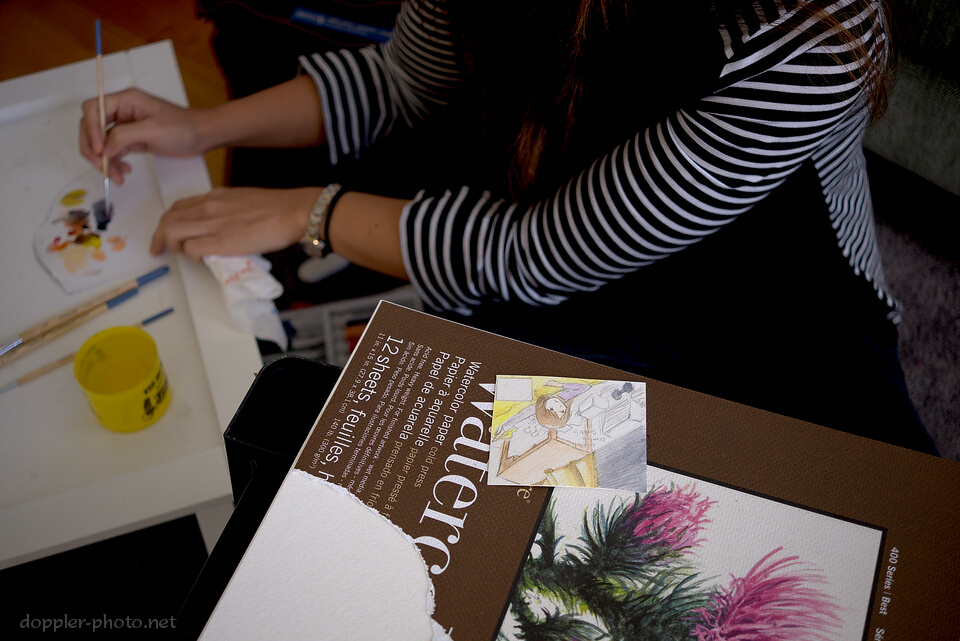
After the general theme, further development of the storyline and the color palette go hand-in-hand. Carmel specifically mentioned that she picks a color palette to suit the subject. More emotional topics garner darker, bolder colors, while other topics might receive colors that are more subdued and dreamy, as she described them.
To actually apply the colors, Carmel uses watercolor to fill space, and colored pencils for details. She mentioned having tried acrylics and oil, but she stuck with pencils because of her facility with them. "[They] feel like an extension of my fingertips."
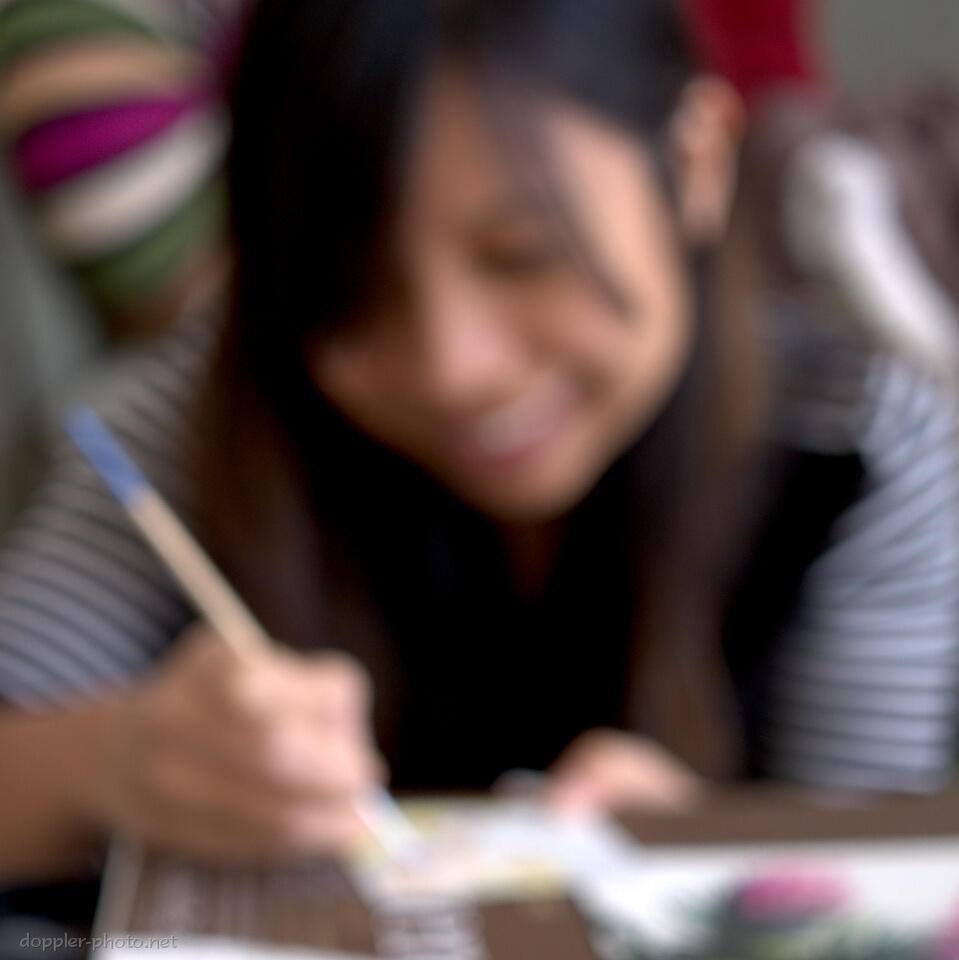
When the process is complete, Carmel keeps some of the pieces, and she gives some of them away; perhaps to coworkers, to friends, or as gifts. Even of the pieces intended for other people, though, she noted that "I won't give it if I'm not proud of it." After all, she describes each work as "a piece of myself."




![[Doc Diaries] The Big Leagues](/content/images/size/w960/migrated_images/2021/04/doc-diaries-big-leagues/710_3349.jpg)
